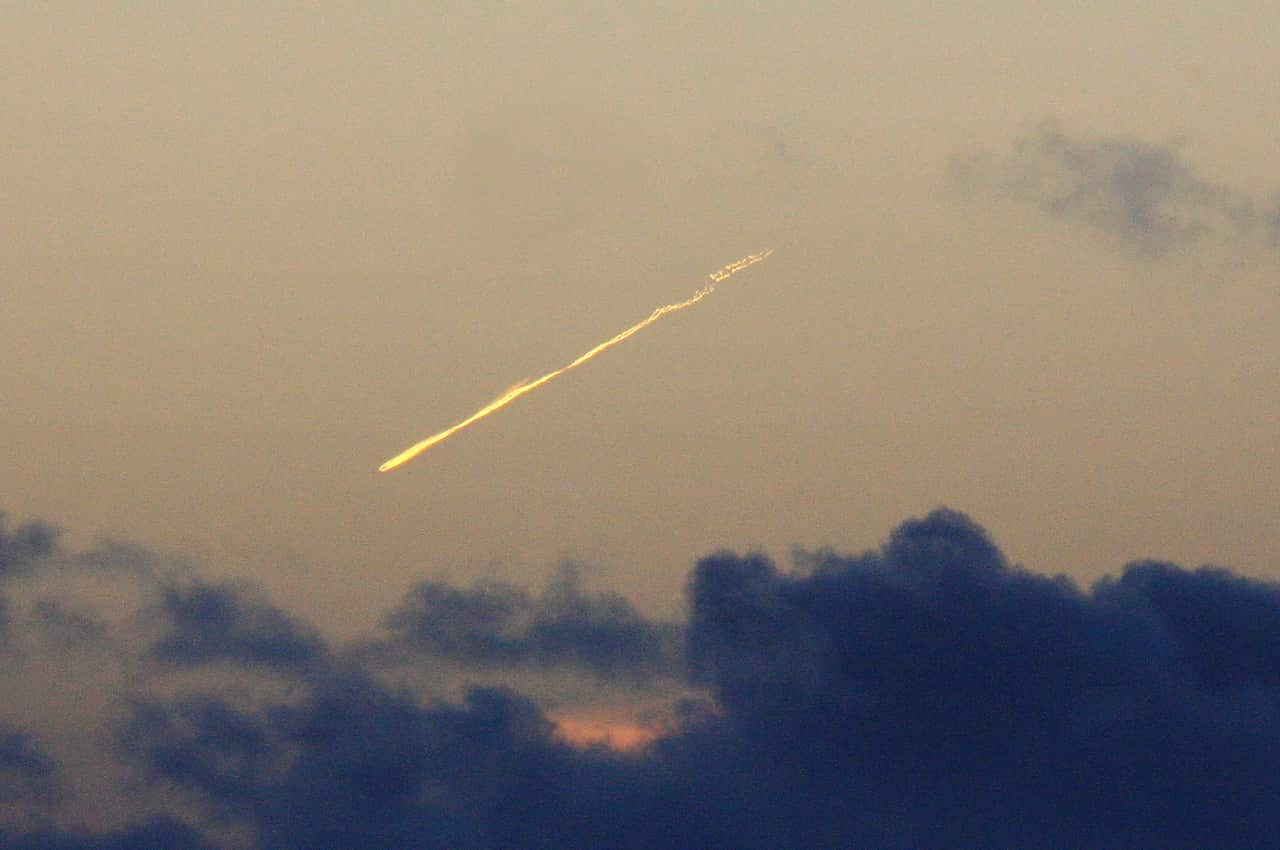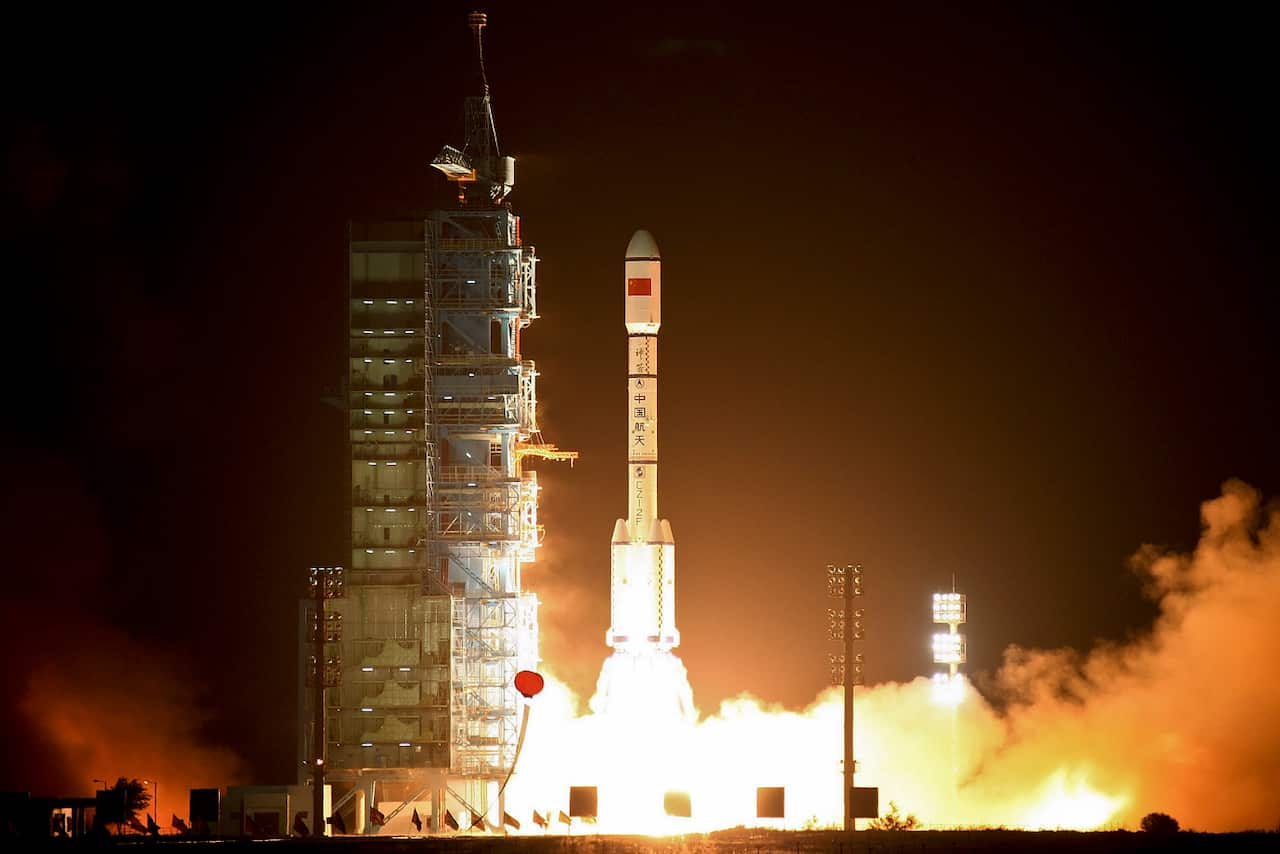The Tiangong-1 "mostly" burnt up above the vast ocean's central region at 8:15 am (0015 GMT), China's Manned Space Engineering Office said, moments after predicting a slightly later re-entry over the Atlantic.
Space officials had stressed that the craft would not cause any earthly damage when it returned, with Chinese space officials saying its disintegration will offer a "splendid" show akin to a meteor shower.

China's defunct Tiangong 1 is sighted from Reunion Island as it re-enters the Earth's atmosphere. Source: AAP
Space officials had warned that knowing the exact location of the re-entry would not be possible until shortly before it happened, and China's space agency had predicted it would be off Sao Paulo just moments before the Tiangong-1 made its actual return.
The European Space Agency had indicated earlier that the Tiangong-1 was likely to break up over water, which covers most of the planet's surface.
It described the probability of someone being hit by a piece of debris from Tiangong-1 as "10 million times smaller than the yearly chance of being hit by lightning".
Tiangong-1 -- or "Heavenly Palace" -- was placed in orbit in September 2011, an important step in China's efforts towards building its own space station.
The module -- which was used to practise complicated manual and automatic docking techniques -- was originally intended to be used for just two years, but ended up serving considerably longer.
During its brief lifespan, it hosted Chinese astronauts on several occasions as they performed experiments and even taught a class that was broadcast into schools across the country.
Out of control?
Tiangong-1 had been slated for a controlled re-entry, but ceased functioning in March 2016. Space enthusiasts have been bracing for its return ever since.
The ESA has said that ground controllers were no longer able to command Tiangong-1 to fire its on-board engines, which could have been used to control where it re-entered Earth's atmosphere.
In contrast, Russia brought down its massive Mir space station through a controlled re-entry over the Pacific Ocean in 2001.
A Chinese spaceflight engineer denied earlier this year that the lab was out of control.
Chinese media have downplayed comments by the ESA and others that the country's engineers have lost control of the lab, with reports saying that the idea it is "out of control" is an invention of foreign media.
But on Chinese social media, commenters criticised the government's reluctance to own up to the situation.
"Can you or can't you report that you've lost control of the situation?" one person wrote on the Twitter-like Weibo.
"It's not unusual that something this complicated would have a mishap."
Beijing began its manned spaceflight programme in 1990 after buying Russian technology that enabled it to become the third country with the ability to launch humans into space, following the former Soviet Union and the United States.
China sent another space lab, Tiangong-2, into orbit in September 2016 as a stepping stone to its goal of having a crewed space station by 2022.
It also plans to send a manned mission to the moon in the future.

A Long March-2FT1 carrier rocket loaded with China's Tiangong-1 space station blasts off from the launch pad at the Jiuquan Satellite Launch Center in 2011. Source: AAP
Share

